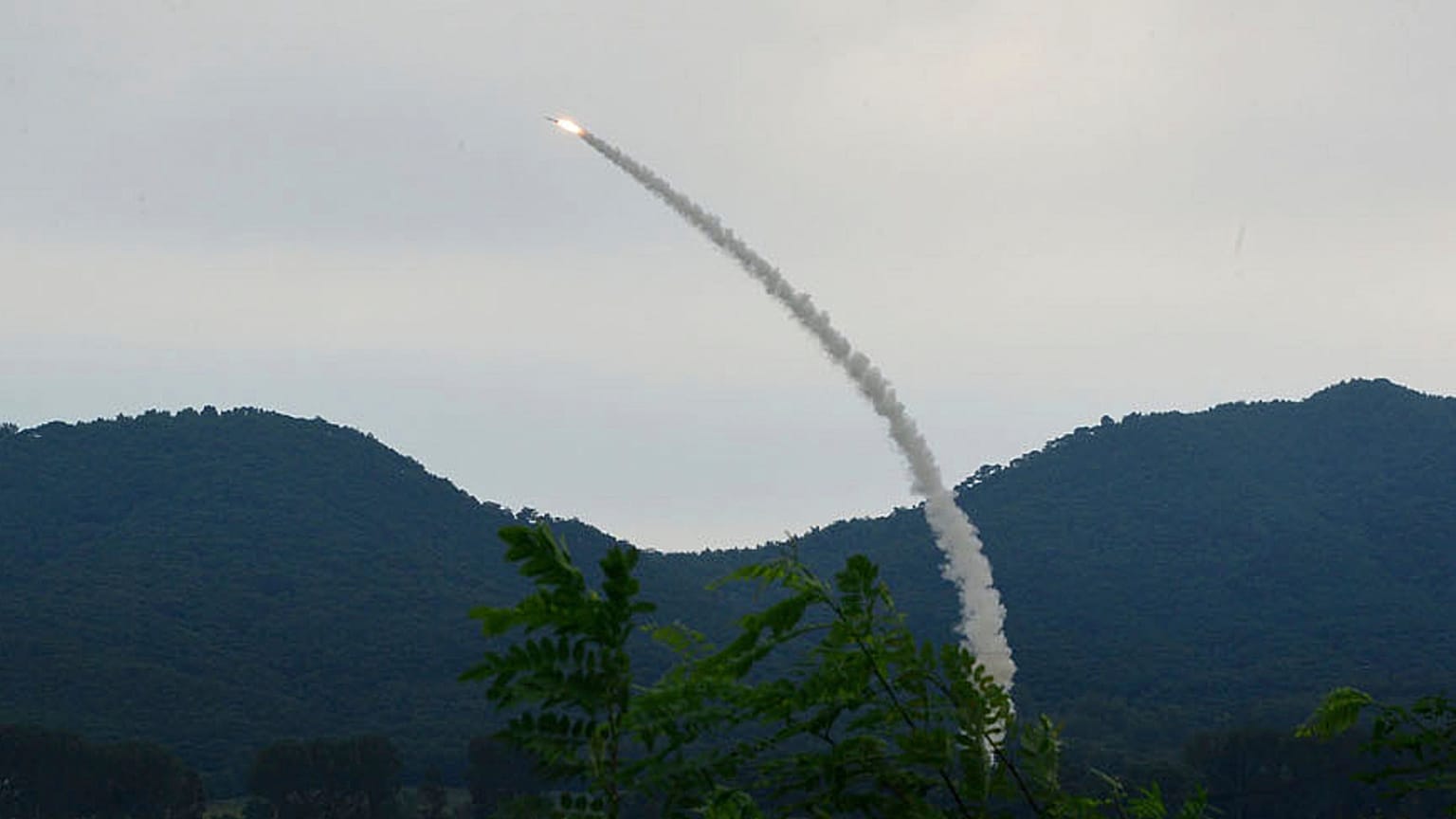Politics
North Korea Unveils New Missiles Amid Ongoing Arms Development

North Korea confirmed the launch of two new air defense missiles, claiming they possess “superior combat capability.” According to the Korean Central News Agency (KCNA), these missiles are designed to effectively target various aerial threats, including attack drones and cruise missiles. The specifics regarding the missiles were limited, with the KCNA stating that their “operation and reaction mode is based on unique and special technology.” The location of the test was not disclosed.
Overview of North Korea’s Missile Arsenal
The recent missile launch raises questions about the broader scope of North Korea’s military capabilities. An August 2023 report from the Center for Strategic and International Studies (CSIS) indicates that the country has developed a network of undeclared missile operating bases, which are not part of any disarmament discussions. One notable site is the Sinpung-dong missile base, located approximately 27 kilometers from the Chinese border. This base is believed to house between six and nine intercontinental ballistic missiles, specifically the Hwasong-15 or Hwasong-18, along with their associated launchers.
The Hwasong-15, also referred to as the KN-22, measures up to 22.5 meters in length and can strike targets as far as 13,000 kilometers away. This missile has been under development since its first successful test in 2017, when it reportedly traveled 4,475 kilometers before landing off the coast of Japan. At that time, North Korean authorities emphasized that it was capable of carrying a “super-large heavy warhead,” which they claimed could reach the mainland of the United States.
The Hwasong-18 is considered a solid-fuel missile, offering advantages such as reduced launch times and easier handling and storage, according to the US Arms Control Association. Additionally, North Korea has tested the Hwasong-19, which was first launched in November 2022 as a response to perceived provocations from South Korea and the United States.
Short-Range and Nuclear Capabilities
The CSIS report also highlights several other missile bases, including the Kal-Gol base, located about 52 kilometers north of the demilitarized zone with South Korea. This base is reported to possess the Hwasong-6, a short-range missile with a range of 500 kilometers. In service since 1991, the Hwasong-6 is approximately 10.9 meters in length and can carry a payload of up to 770 kilograms. This missile type is also employed by several other countries, including Iran, Iraq, and Syria.
Additionally, there are indications that other bases may be equipped with the Hwasong-9, which serves as an extended-range variant of the Hwasong-6. This missile, measuring 13.5 meters, can reach distances of 1,000 kilometers and has a launch weight of 6,400 kilograms. Its warhead can be conventional, nuclear, chemical, or biological.
The report from the Federation of American Scientists (FAS) suggests that North Korea possesses a significant nuclear capability, despite international sanctions imposed by United Nations resolutions. As of 2024, the FAS estimates that North Korea has enough fissile material to produce up to 90 nuclear warheads, although it likely has assembled fewer than that, estimating closer to 50.
As North Korea continues to develop its missile arsenal, the implications for regional security and international relations remain a point of concern for global observers.
-

 Health3 months ago
Health3 months agoNeurologist Warns Excessive Use of Supplements Can Harm Brain
-

 Health3 months ago
Health3 months agoFiona Phillips’ Husband Shares Heartfelt Update on Her Alzheimer’s Journey
-

 Science1 month ago
Science1 month agoBrian Cox Addresses Claims of Alien Probe in 3I/ATLAS Discovery
-

 Science1 month ago
Science1 month agoNASA Investigates Unusual Comet 3I/ATLAS; New Findings Emerge
-

 Science4 weeks ago
Science4 weeks agoScientists Examine 3I/ATLAS: Alien Artifact or Cosmic Oddity?
-

 Science4 weeks ago
Science4 weeks agoNASA Investigates Speedy Object 3I/ATLAS, Sparking Speculation
-

 Entertainment4 months ago
Entertainment4 months agoKerry Katona Discusses Future Baby Plans and Brian McFadden’s Wedding
-

 Entertainment4 months ago
Entertainment4 months agoEmmerdale Faces Tension as Dylan and April’s Lives Hang in the Balance
-

 World3 months ago
World3 months agoCole Palmer’s Cryptic Message to Kobbie Mainoo Following Loan Talks
-

 Science4 weeks ago
Science4 weeks agoNASA Scientists Explore Origins of 3I/ATLAS, a Fast-Moving Visitor
-

 Entertainment4 months ago
Entertainment4 months agoLove Island Star Toni Laite’s Mother Expresses Disappointment Over Coupling Decision
-

 Entertainment3 months ago
Entertainment3 months agoMajor Cast Changes at Coronation Street: Exits and Returns in 2025









